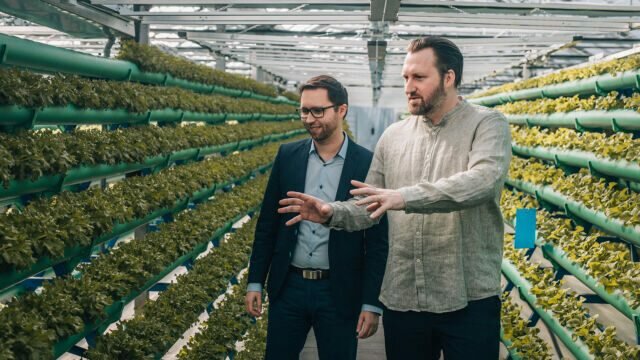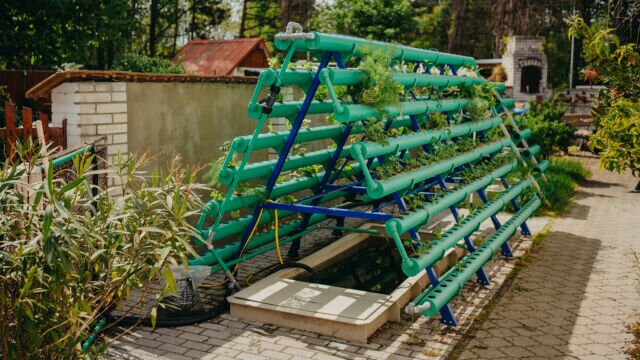Author
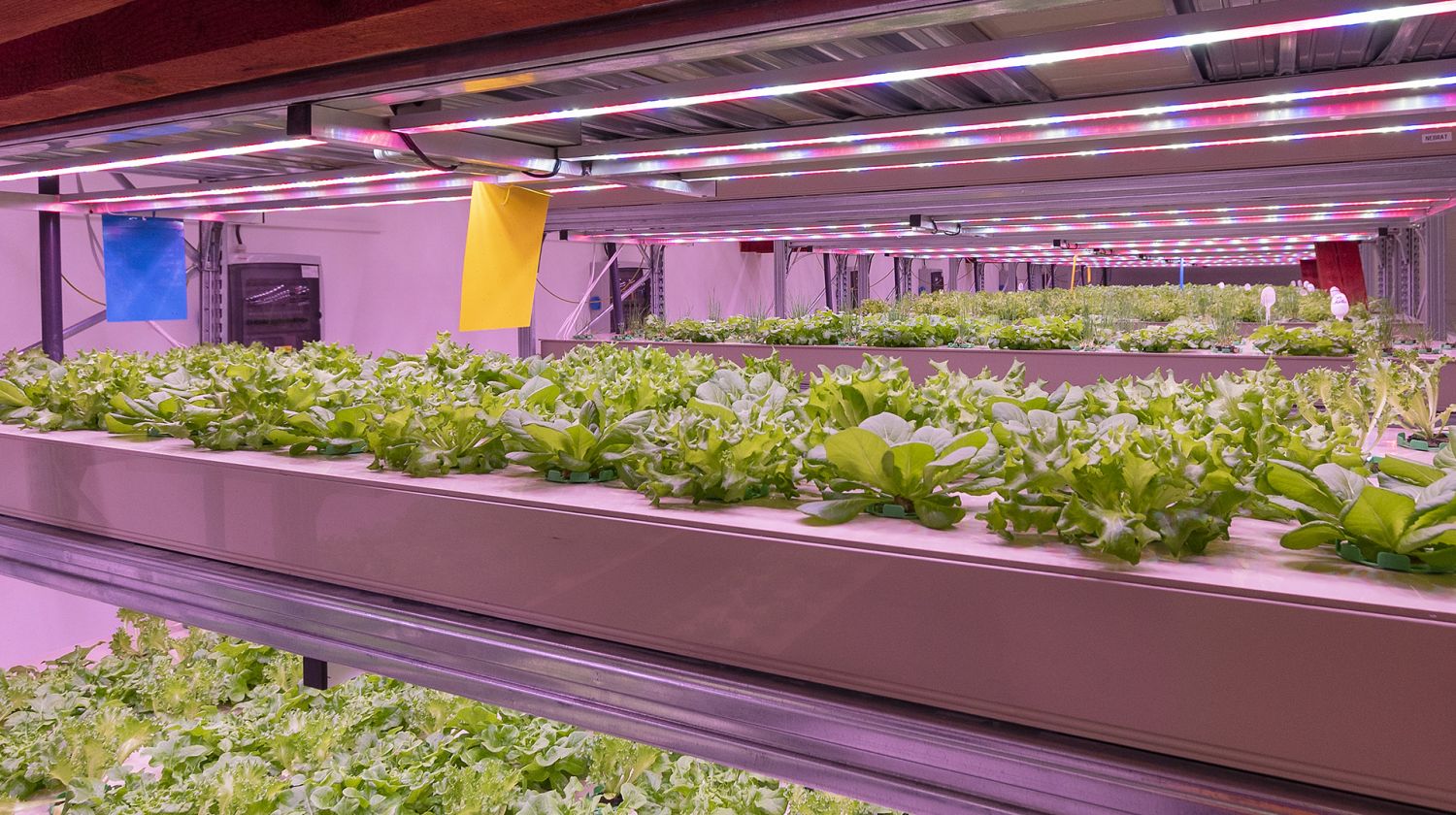
Every aquaponic farm operator knows that there is a risk of pests associated with growing crops. This is the case whether they grow crops in a greenhouse or in growing sheds under artificial light. What does pest control in plants involve?
Most of these pests (aphids, moths, thrips, spider mites, butterflies, etc.) get onto crops by their own means of movement (e.g. flying over from nearby fruit trees through an open door) or are unwittingly carried into the greenhouse by people. Therefore, the first important step in the whole process of pest control on aquaponic farms is hygiene and decontamination before entering the growing rooms and greenhouses. But beware. Another reason for the presence of pests on the farm might also be the supplier who supplies us with pest-contaminated seedlings or young plants. Another culprit could be a carrier who fails to comply with the strict hygiene requirements for transporting seedlings. This is why it is important to have a plan and a solution in place in any aquaponic farm.
Prevention
Preventive measures are very important. These consist in selecting suitable resistant varieties, installing mechanical barriers, observing hygiene measures and having a comprehensive phytosanitary strategy in place. In addition, it is advisable to carry out regular visual checks – to monitor any change in the crop (colour, shape, wilting, spots, presence of insects). A record of such inspections should be made (the suspect crop should be identified) and appropriate solutions should be implemented. A rapid response is critical.
Mechanical and physical measures
Common methods of mechanical and physical control include setting up yellow and blue glue boards, light traps, and water traps. These make it easy to detect the pest, identify it accurately, and estimate the extent of crop infestation.
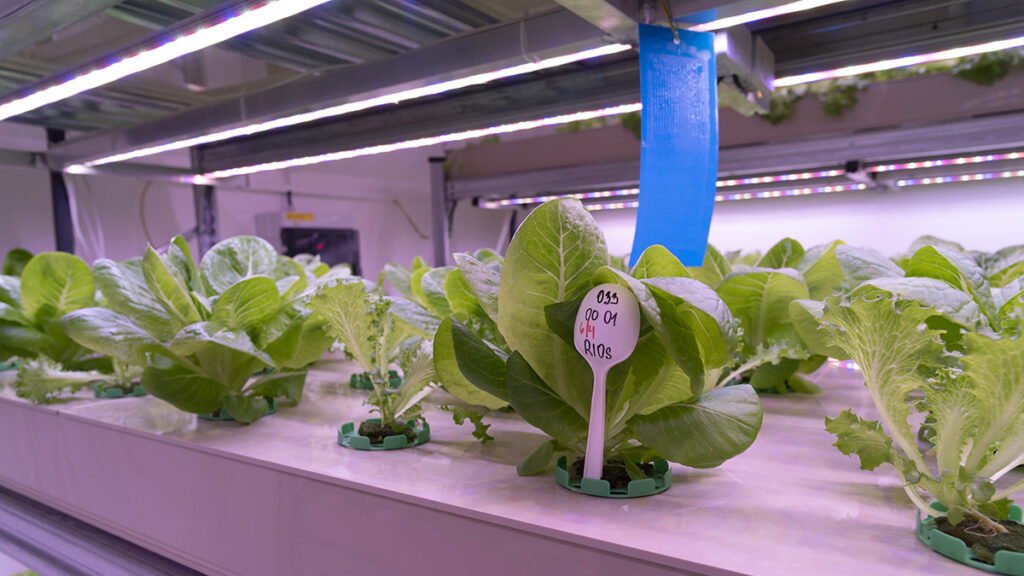
Biologická ochrana
Biological crop protection is the control of pests by their natural enemies – predators (called parasitoids). It involves simulating the natural environment. Important factors for biological control include temperature, humidity, sunlight, storage conditions, and transport conditions.
A typical example of the biological control of crops is the introduction of parasitoids – a particular species of wasp (Encarsia, Trichogramma), healthy mites, or predatory bugs from Cimicidae family. This also includes semiochemicals (i.e. pheromone traps) and biological sprays containing the bacteria Bacillus thuringiensis. It is recommended that biological control should only be used if a major pest infestation is detected. Biological protection leaves no residue and has little impact on the environment.
Chemical crop protection is not something we wish to talk about at length. Pesticides do indeed offer a so-called “safety brake”, but they are completely unacceptable on aquaponic farms! Chemical spraying of the crops would contaminate the nutrient solution flowing back to the fish and kill them very quickly. And then the aquaponic system would collapse. Chemical crop protection can only be carried out on hydroponic or outdoor farms that do not have breeding tanks with fish.
If you run an aquaponic or hydroponic farm, we hope you stay free of harmful organisms. And if they occur, to destroy them quickly and effectively.
Share the article
Do you like the article? Don't miss the next one
Subscribe to our aquaponics editorial newsletter.
Read the next article
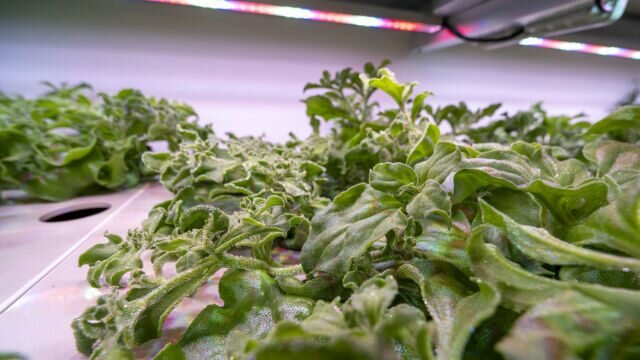
Ice Plant: Ice beauty in the form of diamond lettuce
Future Farming in the media
Think globally, act locally
Join the 21st century modern farming community. You too can contribute to a better future for our country. It’s easy.


